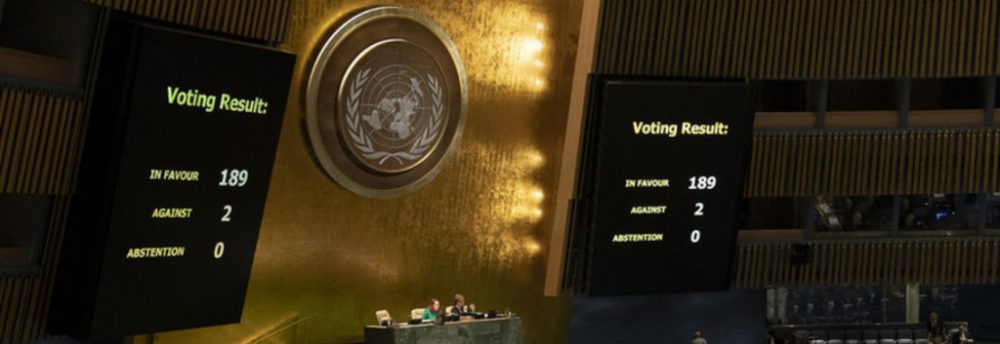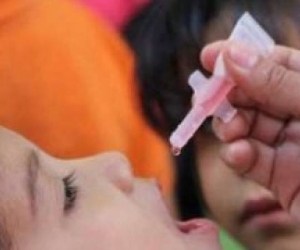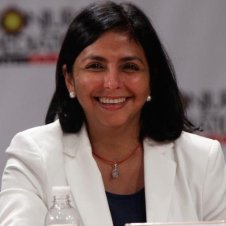By Vivian Collazo Montano
 Several months ago the health authorities of the Americas gave the alert to the presence of a new viral disease: Chikungunya fever, a process which is transmitted by mosquitoes and characterized by fever and muscle aches.
Several months ago the health authorities of the Americas gave the alert to the presence of a new viral disease: Chikungunya fever, a process which is transmitted by mosquitoes and characterized by fever and muscle aches.
Despite measures to stop its expansion – border control, elimination of breeding and reservoirs, pesticide spraying and self-care campaigns, among others, – a growing number of patients is being observed.
Over a million suspected cases
According to the latest reports from the Pan American Health Organization (PAHO), since the first case was detected in the hemisphere, 24,127 infected people and 1,106, 488 suspected cases are estimated.
Although the condition is not exactly mortal, it can be complicated, especially in people with other underlying disease, such as cancer, obesity, diabetes, asthma and hypertension, hence 172 deaths were reported, particularly in Caribbean nations.
Some countries like Colombia reports more than 90,000 suspects and many portend a pandemic, while El Salvador reports more than 500,000 and Dominican Republic half million of presumably infected people.
First identified in Tanzania in 1952
The disease has also occurred in almost all the Caribbean islands, and there were more than 2000 cases in the United States until last December, mostly by infections outside the country.
The Chikungunya virus – identified first in Tanzania in 1952 and in the Americas in December 2013 – is transmitted by the bite of the Aedes mosquito, particularly Aedes aegypti and Aedes albopictus. It has an incubation period of three to seven days and the disease can be acute, subacute and chronic.
It affects both sexes equally and no respecter of age, says PAHO.
Progress has been made in developing a vaccine but it is still in the experimental stage
Its symptomatology, very similar to dengue, which must be differentiated, is also characterized by headaches, nausea, fatigue and rash. There is no cure and treatment focuses on relieving the symptoms, including joint involvement, which may persist chronically.
It is estimated that Chikungunya infection produces antibodies that protect people for life. Progress has been made in developing a vaccine, but it is still in the experimental stage.
Prevention is important
Therefore, it is important to carry out prevention, based largely on reducing the number of deposits of natural and artificial water, which can serve as breeding places for mosquitoes. This factor, as well as population density, overcrowding and the housing characteristics, determine a greater vulnerability of populations to the disease.
Hence, a program of effective and operational monitoring provides the basis for proper preparation against both dengue and Chikungunya, highlights the international health agency.
Maintaining communication and seeking full community participation
Participation and intersectoral collaboration is also considered essential at all levels of government and health, education, environment, social development and tourism agencies. But above all, maintaining communication and seeking full community participation.
Vivian Collazo Montano is the Head of the of Science and Technology Editorial Department at Prensa Latina News Agency
Source: Chikungunya, a Challenge for Health Services Prensa Latina
 The outgoing president of Uruguay, Jose Mujica, stated on Friday that foreign interference in Venezuela constitutes a coup attempt.
The outgoing president of Uruguay, Jose Mujica, stated on Friday that foreign interference in Venezuela constitutes a coup attempt.

















